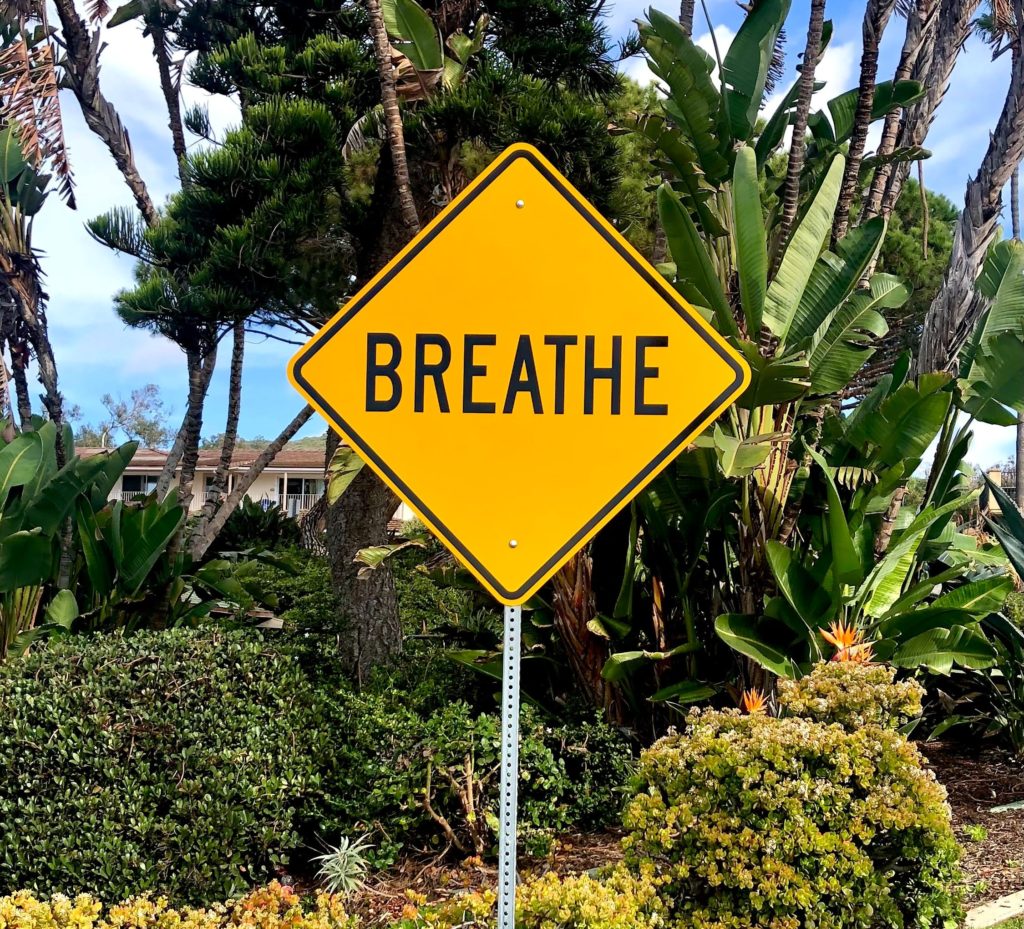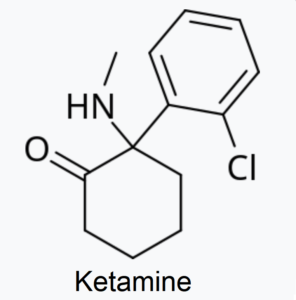Stress, Breathing, Anxiety and Panic Attacks

Throughout my career, one of the things I have found to be most commonly misunderstood is the relationship between anxiety and breathing. When someone is struggling with anxiety, they often feel that they aren’t breathing enough or that they can’t get enough air. Taking deep breaths is a common suggestion. Yet unfortunately, when deep breathing techniques aren’t done properly, they can actually make anxiety worse.
To understand the best approach to using breath to help with anxiety, it’s important to understand the underlying physiology. And while it gets a little complicated, once you understand the relationship between oxygen, carbon dioxide, breathing and anxiety, the best way to breathe to reduce anxiety makes a lot more sense.
The Physiology of Breathing
When we breathe, oxygen enters the lungs and passes into the bloodstream. Once in the bloodstream, most oxygen is taken up and carried by our red blood cells.
Now here’s where it gets interesting. When a red blood cell encounters an area in the body that has high levels of carbon dioxide, that red blood cell quickly offloads the oxygen for the local tissues. When a tissue is very active, using a lot of oxygen for energy production, it produces more carbon dioxide. This “waste gas” is a key signal that identifies areas of the body in need of more oxygen. On the flip side, when carbon dioxide levels are low, red blood cells assume oxygen is not needed and cling more strongly to their payload.
This relationship between carbon dioxide and oxygen is critical to understand how breathing influences oxygen delivery. Carbon dioxide in the bloodstream is the signal that tells red blood cells where to deliver their oxygen. If there is no carbon dioxide signal, the oxygen is NOT delivered.
Anxiety and Breathing
The stress response is primarily designed to deal with stress that requires a physical response: fighting or running away from danger. When we are stressed, our body’s natural inclination is to breathe more. The reason is to increase oxygen for our muscles since our body expects an intense physical response to stress.
Unfortunately, in this day and age, our body is not designed to deal well with modern stressors. Nowadays when we’re stressed, we don’t typically need to physically fight something or run away. Most often, modern day stressors require us to think or talk out a solution—physical activity is not required. And yet, our body still expects us to engage in physical activity when we are stressed. So, in response, when we are stressed, we automatically breathe more.
With modern stressors that don’t require the increased oxygen for physical activity, this breathing more translates into breathing too much. While mild cases are almost impossible to detect through observation, in severe cases, this “overbreathing” can be quite obvious when a person is outright hyperventilating.
Breathing Too Much and Hyperventilation
When a person is breathing too much it starts to cause problems. While you may increase the oxygen you are taking in, the more important change is that you are breathing out more carbon dioxide. When a person is breathing too much or hyperventilating, their carbon dioxide levels in the bloodstream decrease.
Now, as stated earlier, carbon dioxide is the key signal for instructing the red blood cells where to deliver their oxygen. When carbon dioxide levels drop enough, oxygen delivery to ALL tissues decreases. So even though a person that is hyperventilating is taking in more oxygen, that oxygen is not being delivered to their tissues.
The Brain’s Mistake in Response to Low Oxygen
When the brain realizes it isn’t getting enough oxygen, it creates a sense of air hunger, like you can’t catch your breath. In severe cases, a person can even feel like they are suffocating. Yawning and sighing are also common symptoms of decreased oxygen delivery to the brain in less severe situations.
Unfortunately, when the brain isn’t getting enough oxygen, it has one basic automatic response. It increases the drive to breathe in an attempt to get the oxygen it needs. Yet, if you breathe even more, this further depletes carbon dioxide levels in the bloodstream making the problem even worse. This vicious circle commonly builds into panic attacks.
The Solution
One of the problems exacerbating anxiety and stress in modern society is the basic drive to breathe more in response to stress. Since many stressors in the modern world don’t require an intense physical reaction, our body’s increased breathing is unnecessary. This depletes carbon dioxide in the bloodstream, erasing the signal for oxygen delivery. Without enough carbon dioxide, oxygen delivery is reduced and you feel like you can’t catch your breath.
The solution, while simple, can be difficult to apply. When you’re stressed and breathing too much, you need to breathe LESS. It’s incredibly counterintuitive, since your brain is telling you that you are suffocating and need to breathe more. Yet, breathing less will actually increase oxygen delivery to your brain and body. In addition, as oxygen delivery is restored, stress levels decrease.
Breathing Techniques

Generally, “deep breathing” techniques only work if you are breathing slowly enough to decrease your intake of air. I always advise people when using breathing techniques that you shouldn’t hear your breath. If you can hear your breathing, it’s likely that you are inhaling too much too quickly. If you breathe too much, you will still deplete carbon dioxide levels contributing to the problem. It’s best to keep breathing at a slow and gentle pace.
Counting while breathing can also help extend the breath to make it effective. I know some people like to use a 4-4-4-4 “square breath.” This includes counting to four on the inhale, four on the pause at the top of the breath, four on the exhale and then four on another pause before inhaling again. In practice, I have often found that a 3-5-5 breath worked well for most people. This includes a slow three count inhale, then pausing for a count of five, followed by exhaling for a count of five before starting again with the next inhale. Done properly, either of these techniques can work to slow breathing down and rebalance carbon dioxide levels in the body.
When breathing to relax you also want to breathe into the belly rather than just with the upper chest. When you pause on the top of each breath you don’t want to clench your abdomen.
Conclusion
While we breathe every minute of every day, it’s often something that we don’t think about. Yet, how we breathe can profoundly affect our stress levels, increase our anxiety and even contribute to or cause panic attacks. Learning to slow your breathing when stressed is a key technique that can go a long way to help with releasing stress, reversing panic attacks and calming the body.



